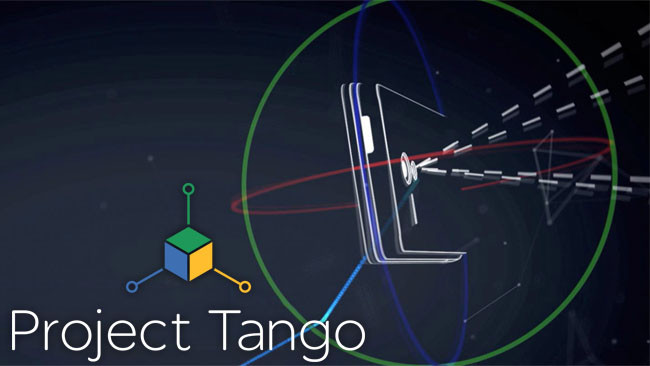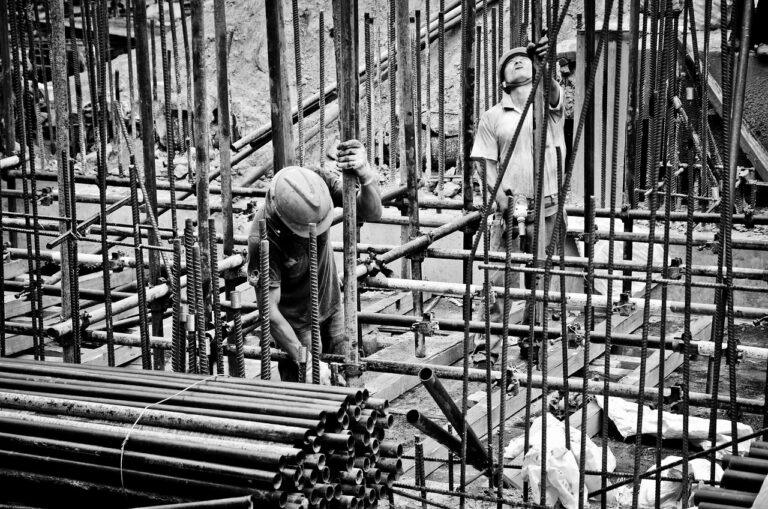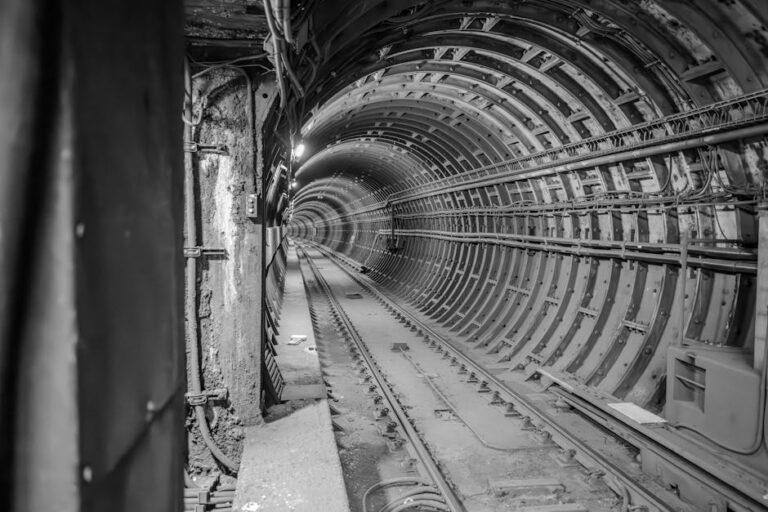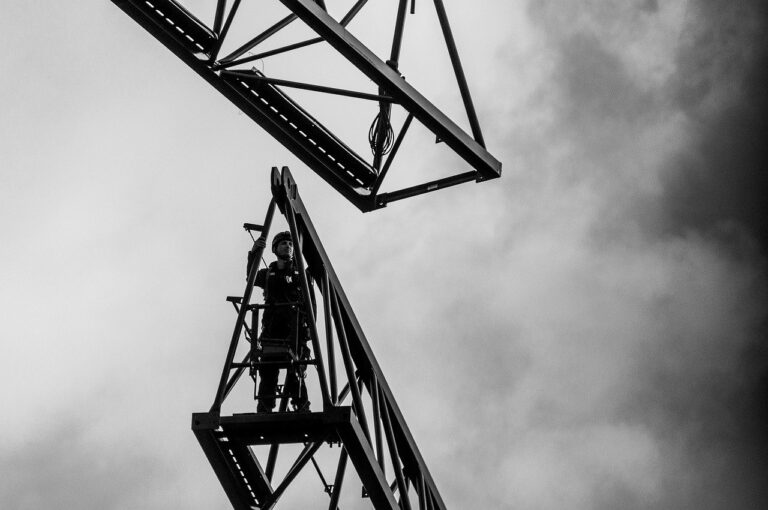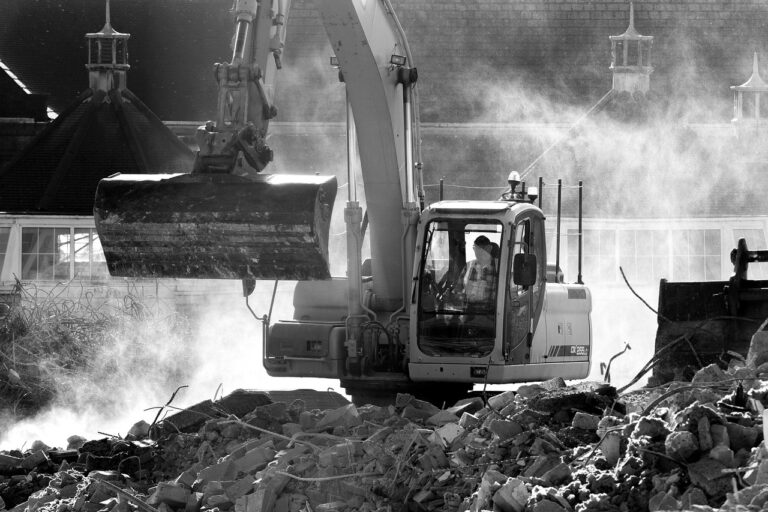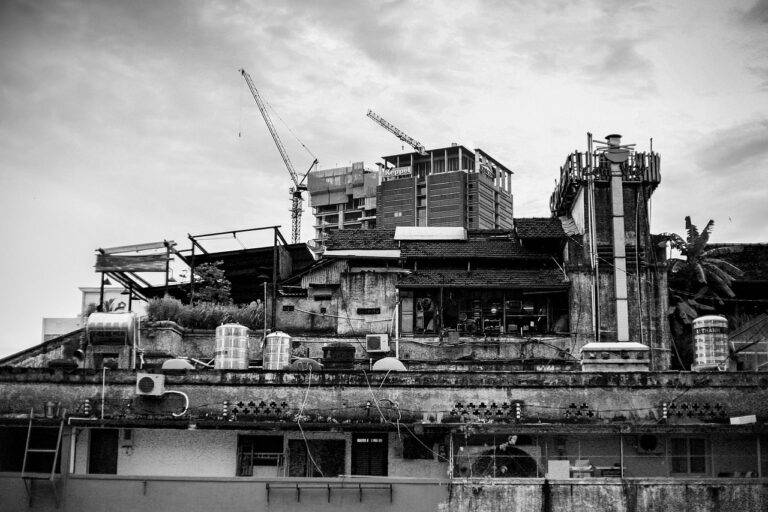Project Tango could shake things up …
“Out of the Ivory Tower, and into the trenches: is the building industry ever receptive to new technologies before they are outdated? Project Tango will make that industry nuance a moot point.
Google has recently begun making its long anticipated self-3D mapping software Project Tango, available to developers interested in using the platform as a foundation for software and apps for their tablet. Tango’s sensors and camera generate augmented and 3-D virtual reality (AR/VR) renderings into goggles that can be transferred or shared across devices in real time and space. To do this, it needs to know where it is in space, and in relation to external objects.
The technology is nascent, but it is expected that Project Tango 3-D virtual products might hit the market over the next few years. Excepting gaming apps, it will be some time before a real demand drives it into more useful applications. I expect the expect building industry would be one of the last fronts of adaptation, and just like BIM only at the insistence of the design industry. Will Tango turn out to be just a plaything for the design industry that builders ignore, or will builders embrace the applications that will be developed for their use?
“Builders will have access to cutting-edge AR/VR apps: but will they make ample use of them, or will they be the last to adapt, as they always have?
First, the many applications Project Tango facilitates must be fully explored. This will take several years. Apps that can help builders will be late to hit market, That is a source of great disappointment to me, because I am certain that the industry could benefit in a myriad of ways from AR/VR technology. Here are some of my concepts for future Tango builder apps:
- Project Tango tablets will all but make surveyors obsolete by providing faster and more accurate data. You will be able to perform pro forma constructability reviews right from your tablet. For example, you could put on the head-set, and generate a real time rendering of an existing space. Next, you would overlay that rendering with the proposed BIM model, and see how it fits the actual space, and walk through it.
- BIM MEP coordination meetings will include VR headsets, where each layer of installation can be viewed in 3-D, dimensioned in real time, and issued directly to the fabricator.
- Robots with mounted tablets could access limited clearances spaces and generate a survey with which team members could view and collaborate in real time. They can also enable those with limiting physical disabilities to access information that would otherwise be unavailable to them.
- Robots with mounted tablets could access HAZMAT or DECON areas anywhere there is a threat of contamination to workers, and relay a 3-D rendering of the space in real time back to the controller.
- Robots with mounted tablets could travel the site and report on safety conditions, such as allowable slope of excavation, or sufficient clearance in a trench.
- Mock-ups can be readily generated in the AR/VR environment obviating the need for time consuming procurement and fabrication windows.
- 3D rendering of field program conflicts and conditions could be relayed to the design team when a decision is needed quickly: the team works in real time, with dimensioned BIM renderings, to resolve clashing programs.
- Mapping files will include dimensions, and be able to be converted to CAD dwg. or various BIM file types.
- Remote instructions can be given hands-on treatment, when a supervisor cannot be on site for direct oversight.
- Project Tango will create augmented reality BIM models that team-members can ‘walk’ thru. In effect – a real time simulation of a proposed design, for example, lighting and noise conditions, or calculations for specification, thermal modeling and requirements,
The likelihood of much of the technology to drive these applications being developed is high, yet I believe it will be some years before it reaches the building industry. There is always a danger that it will translate into another plaything for design professionals who want to impress stakeholders with glitzy renderings and surreal AR/VR experiences. If that happens, we may never really enjoy the full promise of the new technology.
“the design industry is oblivious to, and blissfully unconcerned with, the chasm of segregation between their adaptation of technology and builders.’ However; when builders ask for design team buy into their systems, they are continually snubbed.
I used to believe the difficulty in generating app hype in the building world was owing to a lack of innovation by developers – and so it seemed. But today, the scenario is very different, and some great innovation – other than at Google, is starting to appear on the market, such as Construction Manager, Fieldwire, and PlanGrid, all successful platform that are vastly underused. So the problem isn’t so much with the new innovations, it’s a matter of the industry’s reluctant adaptation of any new kind of management or collaboration tool different than what they have now, and there’s nothing new about that.
